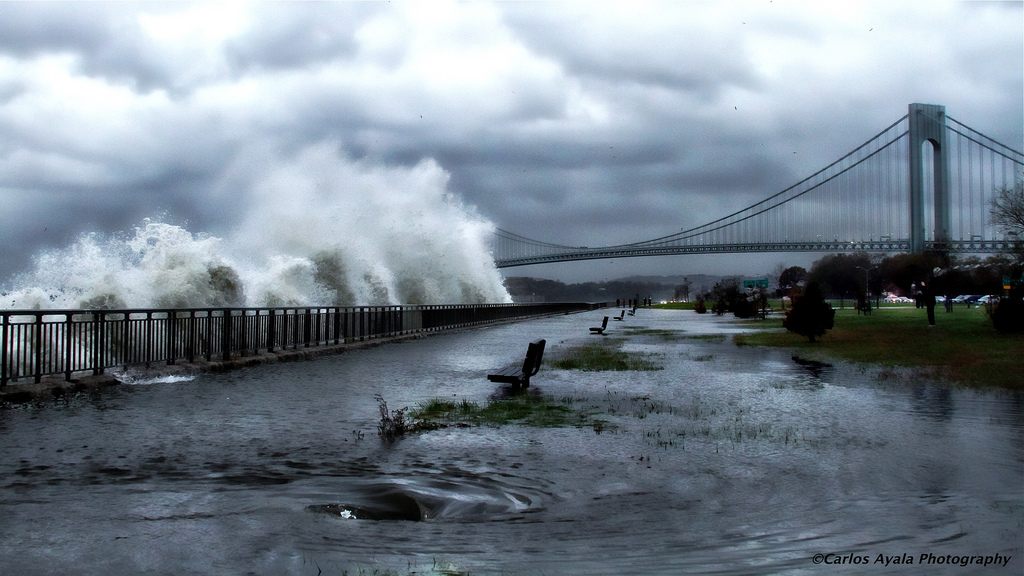
Coastal flooding in cities around the world could cause damage totaling $1 trillion annually by the year 2050 if no mitigating steps are taken, new research suggests.
Almost all cities facing the worst damage are in Asia and North America, the study showed. Three American cities — New York, New Orleans and Miami — are at particularly high risk of damage, according to the study, published today (Aug. 18) in the journal Nature Climate Change.
"If we did nothing about the risk, the flood damages in coastal cities would grow to huge amounts. So that's really not an option," said study co-author Robert Nicholls, a coastal engineering professor at the University of Southampton in England.
Damaging storms
Climate change models generally predict that storms will grow more frequent and fierce over the next several decades. We may already be seeing its impact: Many scientists believe that climate change worsened the toll of Hurricane Sandy. [How Weird!: 7 Rare Weather Events]
After Hurricane Katrina ravaged the Gulf Coast in 2005, Nicholls and his colleagues realized that scientists had little idea which cities around the world were most vulnerable to flooding.
So the team compiled data on 136 coastal cities with more than 1 million residents, looking at the elevation of the cities, the population distribution and the types of flood protection they had, such as levees or storm-surge barriers.
Sign up for the Live Science daily newsletter now
Get the world’s most fascinating discoveries delivered straight to your inbox.
They then combined that data with forecasts of sea level rise, ground sinking due to groundwater depletion, as well as population growth projections and economic forecasts of gross domestic product (GDP). From there, they used the depth of water flooding a city to estimate the cost of the damage.
Two vulnerable continents
The researchers found that in both their best- and worst-case projections of sea level rise, the yearly global cost reached higher than $1 trillion. The most vulnerable city was Guangzhou, China, followed by Mumbai and Kolkata in India, Guayaquil, Ecuador and Shenzen, China. Almost all cities at the highest risk of flooding damage were in North America or Asia. [See The 20 Cities Most Vulnerable to Flooding]
If cities take steps to prevent damage — by increasing the height of levees, erecting storm surge barriers, making buildings flood-resistant or converting flood-prone, low-lying areas to parks or football fields — the cost of the damage could be brought down to about $50 billion annually.
It would be cheaper and more sensible to make these changes before Katrina-like storm surges become the norm, Nicholls said.
"The bottom line is it shows that flood risk is rising today — it's happening" Nicholls told LiveScience. "All these cities need to be preparing for that."
Follow Tia Ghose on Twitter and Google+. Follow LiveScience @livescience, Facebook & Google+. Original article on LiveScience.

Tia is the managing editor and was previously a senior writer for Live Science. Her work has appeared in Scientific American, Wired.com and other outlets. She holds a master's degree in bioengineering from the University of Washington, a graduate certificate in science writing from UC Santa Cruz and a bachelor's degree in mechanical engineering from the University of Texas at Austin. Tia was part of a team at the Milwaukee Journal Sentinel that published the Empty Cradles series on preterm births, which won multiple awards, including the 2012 Casey Medal for Meritorious Journalism.










